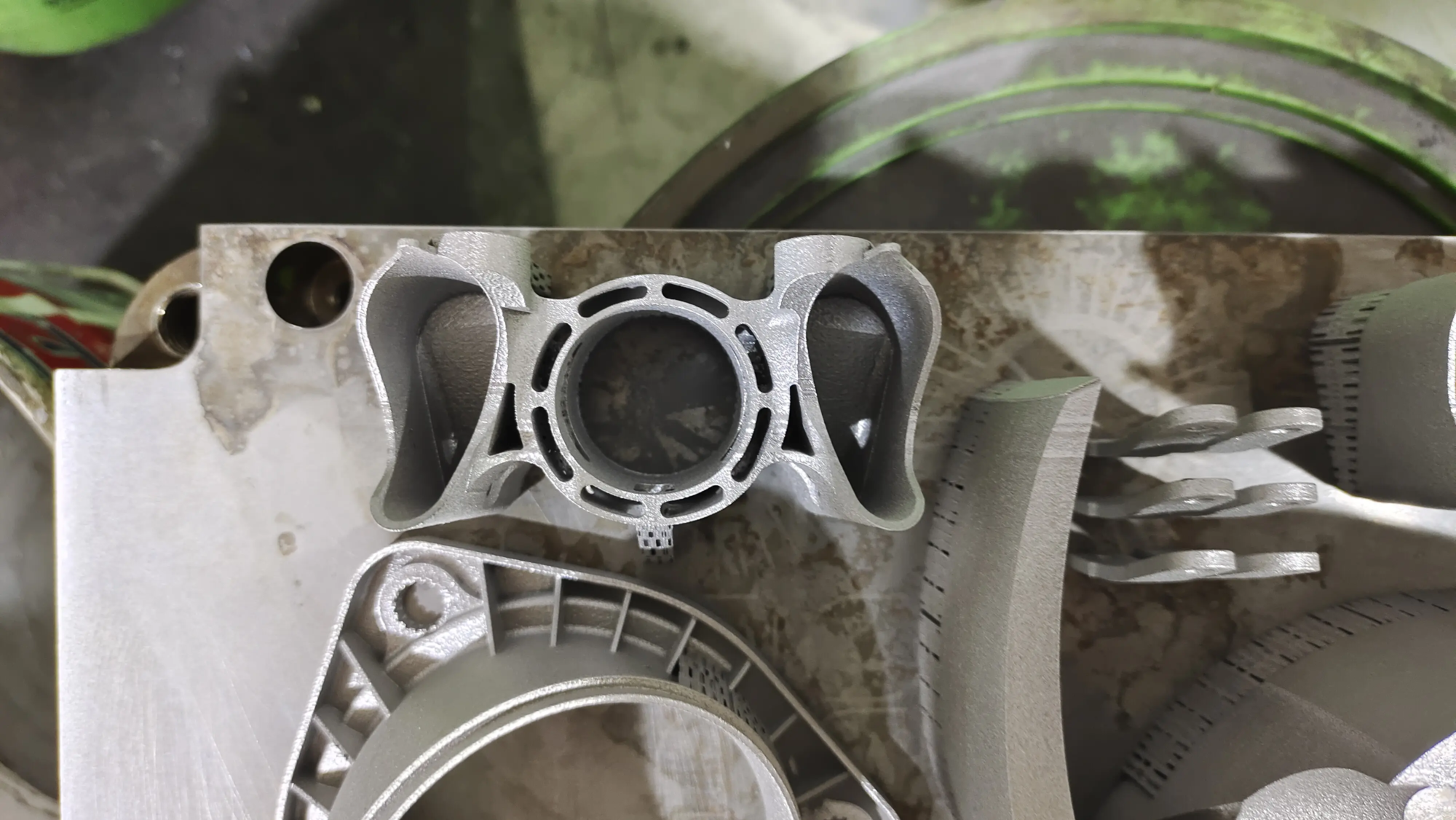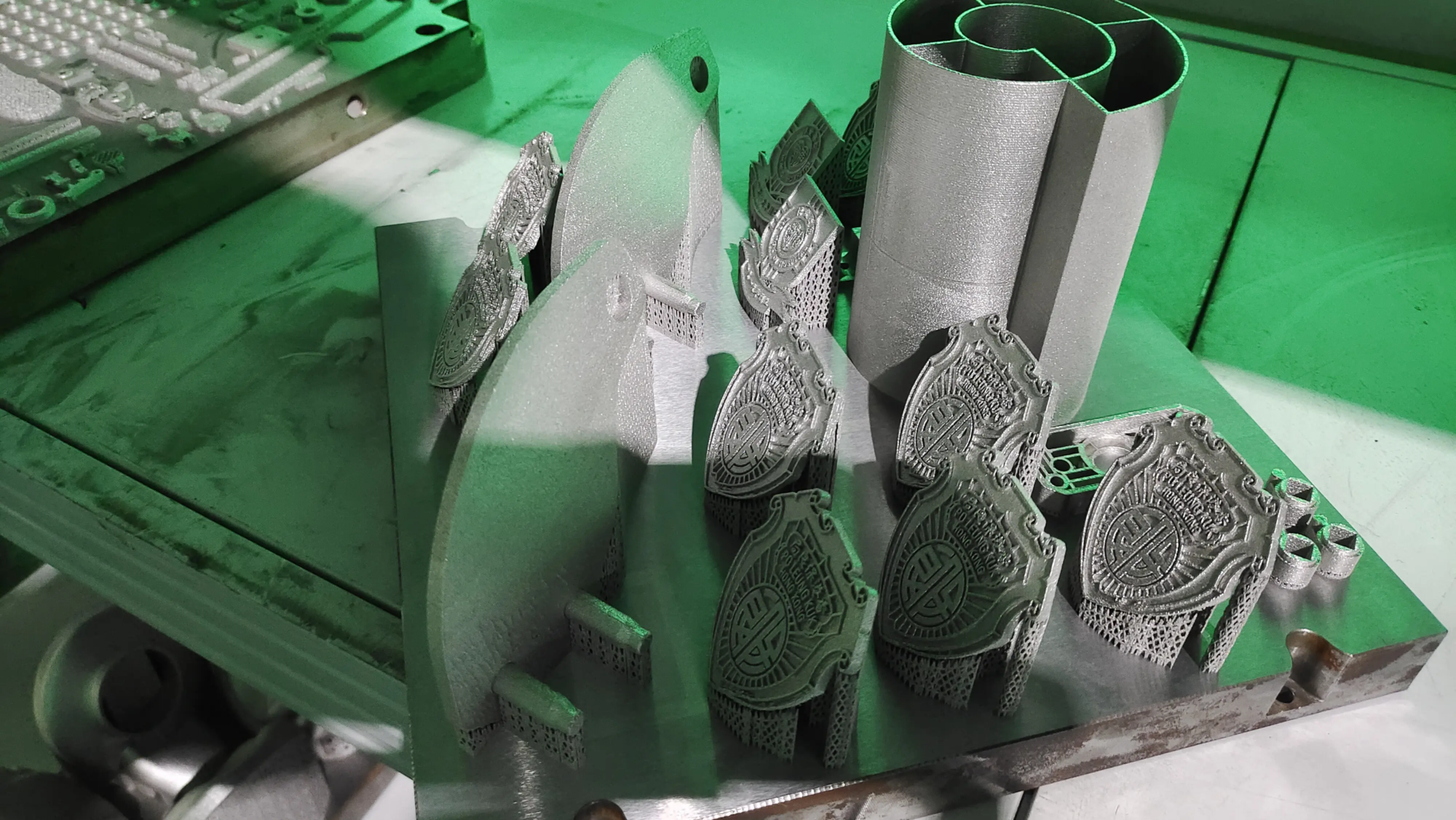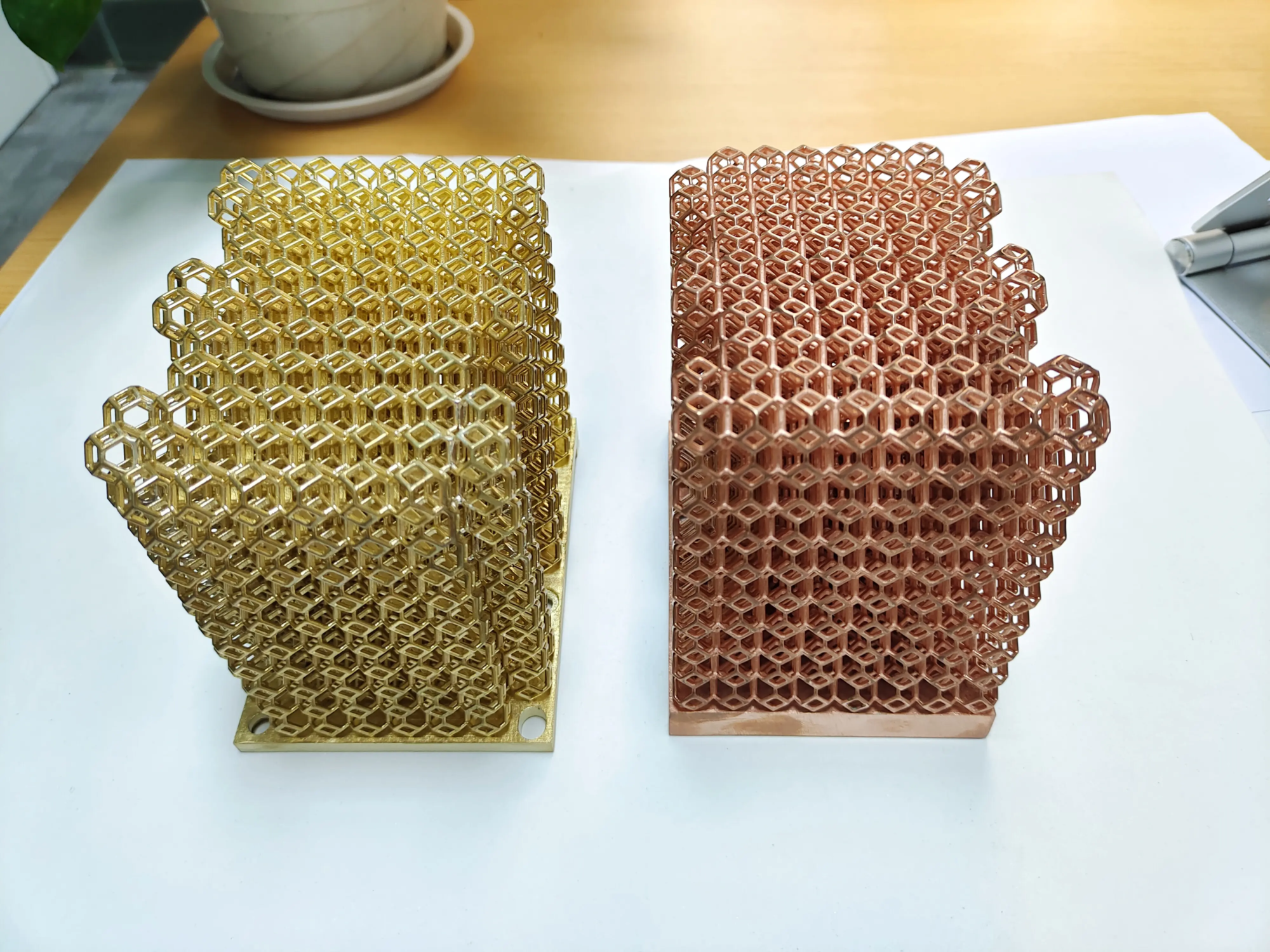Embrace innovation: the future of intimate clothing for 3D printed lingerie
For decades, underwear design has relied on traditional fabrics and manufacturing methods. But the private apparel industry, driven by unexpected technological miracles, is undergoing a fundamental transformation – 3D printing. This technology goes far beyond simple prototyping, reshaping the conception, design and wear of underwear, providing unprecedented levels of personalization, performance and sustainability. Let’s dig into exciting possibilities 3D printing unlocks for underwear.
Beyond Wires and Seams: How 3D Printing Redefines Underwear
3D printing (or additive manufacturing) creates clothing layer by layer directly in digital design. For underwear, this removes many limitations of traditional cutting methods:
- Radical customization: Imagine underwear perfectly molding your unique body silhouette. 3D scanning technology captures precise measurements, allowing the printer to create a bra, corset or bodysuit kit that fits like a second skin. This is revolutionary for those with difficult-to-fit proportions or post-surgery needs.
- Engineering Comfort and Support: Forget the itchy itch! Designers are using Flexible, lattice-like structure Printed by biocompatible elastomers (such as TPUs). These structures provide precise and targeted support when needed, mimicking natural tissue behaviors for unparalleled comfort. The open-hole lattice also provides excellent breathability.
- Unlimited design freedom: Geometric patterns, intricate textures and avant-garde outlines can now be realized. The designers integrate complex ventilation channels, seamless structures and unique aesthetic elements directly into the structure of the clothing.
- Sustainability Champion: Compared to subtractive cutting, 3D printing is additive, greatly reducing fabric waste. On-demand production cuts too much production and waste of inventory. Additionally, bio-based and recyclable filaments (such as recycled nylon or plant-derived TPU) are increasingly available.
- Enhanced performance: Functional integration is key. The printer embeds channels for cooling airflow, combines conductive elements for smart features such as temperature modulation or health monitoring, and even combines rigid and flexible areas together in a single seamless part for structured support.
Cutting-edge 3D printed lingerie ideas
Creativity is huge. This is a groundbreaking concept:
- Real custom bras and bras: Using body scans, the printer can make bras with cups, straps and calibrates, and calibrates millimeters of perfect measurements. Wireless wireless support structure replaces traditional components, enhancing comfort without sacrificing the lift. Imagine a special for your Unique shape.
- Smart Intimacy and Health Monitor: Integrate sensors into printed lattice structures to monitor vital signs, posture and even breast health indicators. Breathable conductive pathways within fabrics enable data collection without sacrificing wearability or comfort.
- Custom compression shapes and restore wear: Deluxe recovery bra after surgery or customize custom shapers for specific body remodeling goals. The accuracy of 3D printing ensures targeted compression, so that it can be prescribed by a medical professional or required for aesthetic reasons.
- Avant-garde fashion and artwork: Designers use well-designed high-end lingerie pieces to push the boundaries. Print structured architectural corsets into individual components, exquisite lace bodysuits mimic natural patterns, or blur the line between lingerie and jewelry.
- On-demand luxury goods: Iconic bra or limited edition designers can print locally on demand, eliminating longer supply chains and warehouses, making exclusive designs easier to access and sustainable.
Navigate the current landscape: Challenges and materials
While exciting, there are challenges:
- Material range: The ideal material balances flexibility, durability, breathability, skin-friendliness and cleaning. TPU flexibility and biocompatibility are the leader. Nylon powder (SLS) provides details, but has less flexibility. Continuous innovation in soft polymers, such as polyamide elastomers, is crucial.
- Speed and scalability: Printing complex lingerie tablets is slower than mass production. Expansion beyond customization or small batches requires technological advancement. Advanced technologies such as multi-jet fusion (MJF) are improving the speed of complex geometries.
- Cost structure: High-end printers and niche materials mean custom items currently command premium prices. Widespread adoption relies on lower costs and more efficient printing processes.
- Wear tests and standards: The lifespan of new printed materials and structures, washing resistance, and skin interactions require a lot of realistic testing. Industry standards need evolution to be used to print wearable textiles.
Why Precision Engineering Is Important: The Function of Expert Prototypes
Bringing these sophisticated, performance-driven lingerie designs into a fusion of Perfect Prototyping and Manufacturing. This is where deep technical expertise in additive manufacturing cannot be commercially accepted. Achieve a perfect balance of structural integrity, soft comfort and functional requirements:
- Advanced printing technology: Leverage cutting-edge printers that provide high resolution detail and multi-material printing.
- Materials Science Mastery: Understand the subtle properties and behavior of advanced elastomers and polymers under stress and against the skin.
- Precise design and simulation: Predict performance before printing using complex CAD/CAM tools and FEA (finite element analysis).
- Iterative development: Strict prototype cycle test fit, function and durability, refined design based on real-world feedback.
GRESTLIGHT: Your Innovation Partner
exist GreatWe specialize in overcoming these complex manufacturing barriers. And we are famous for us Advanced SLM (Selective Laser Melting) Features For high precision Rapid metal prototypingOur expertise in the principles of additive manufacturing spans materials. We understand:
- Iterative excellence: Providing fast prototyping services that facilitate Swift Design iterations – critical to perfecting the complex geometric shapes and material interactions of modern underwear.
- Material guidance: Provide insights on material performance and handling options tailored to your design goals.
- End-to-end accuracy: Provides high-quality prototypes and production parts with a focus on detail and finishing. Whether it’s functional testing hardware components used in experimental designs or complex wearable features, our commitment to precision ensures that your vision is flawlessly translated into reality.
Leverage Greatlight’s advanced technology and engineering depth: Customize your precision and rapid prototyping parts now at the best prices! (Link to your service page)
in conclusion
3D printed underwear is much more than a futuristic fantasy. This is an active, evolving boundary. It solves the key issues of fit, comfort, waste and personal expression in a profound way. Although the challenges of material innovation and expansion persist, the trajectory is clear: the future of intimate clothing will become increasingly personalized, with technology integration and sustainable production through additive manufacturing. The era of underwear made for you has realized it. Designers and manufacturers embrace the technology – and work with experts such as Greatlight (Greatlight) to quickly prototype experts, which will lead the next evolution of intimate wear.
FAQ About 3D printed underwear
1. Are 3D printed underwear really comfortable?
Yes! The designers focus on printing flexible lattice structures using soft elastomers such as TPUs that fit the body. These structures provide great support, such as foam or molded cups, but are generally reported to be more breathable and the wearer moves more naturally. Comfort is the main design goal. The initial prototypes undergo extensive wear and tear testing.
2. What materials were used? Is the skin safe?
The main material is late biocompatible polymer with Thermoplastic polyurethane (TPU) Due to its elasticity, durability and skin-friendliness. Nylon powder (such as PA11/PA12) is also used, and a lining is usually required. Well-known manufacturers use medical grade or certified skin-safe materials. Always check for new products’ material certification.
3. Can I wash 3D printed lingerie?
Yes, but be careful. Most printed underwear that uses TPU are hand-washed only, similar to a delicate swimsuit or structured bra. Follow care instructions carefully. Aggressive machine washing, high heat and harsh detergents can damage the printing structure. Durability is a continuous development area.
4. Is it really more sustainable?
Importantly, in key areas:
- Reduce waste: The production of additives uses only the required materials, eliminating the typical 15-30% fabric waste in the cutting chamber.
- Production on demand: Reduce inventory waste and unsold inventory.
- Recyclable Materials: Increase the use of recyclable polymers.
- Local production: has the potential to be closer to consumers and reduce transportation emissions.
- Lifespan: Focus on durable, long-lasting works refute fashion.
5. How good is the fit compared to traditional bras?
Suitable potential is superior for individuals with unique body shapes or difficulties. The custom pieces are designed based on 3D body scans to be nearly perfect. Standard sizes can also be customized digitally for different body types. Supports lattice structures from engineering, rather than wires, for enhanced motion and comfort.
6. Are 3D printed lingerie expensive?
Currently, due to the technology and materials involved, the customized works and designs of experimental designers have high-priced labels. As adoption grows, technology matures and increases in quantity, it is expected that the price of measurable quality or standard-size parts will become easier to use. This value lies in special fit, personalization and sustainability.
7. Are there any restrictions on the style?
Current limitations mainly revolve around the material. Extremely soft, structureless pleura mainly uses traditional fabrics. However, styles that require support (bras, with lifts, structural busts, corsets) or complex aesthetic details (geometric textures, architectural shapes) are seeing a lot of innovation through 3D printing. The possibility of style is expanding rapidly.
8. How do designers print underwear effectively?
With experienced Rapid Prototyping Service like Great It is crucial. We help convert complex designs into printable files, select the best materials and printing techniques (such as SLS, MJF for plastics), generate functional prototypes for test fit and support, and guide iterative improvements. Prototyping is essential to mastering complex lattice designs and material behaviors. Discover how to speed up your lingerie innovation. (Link to your service page)





